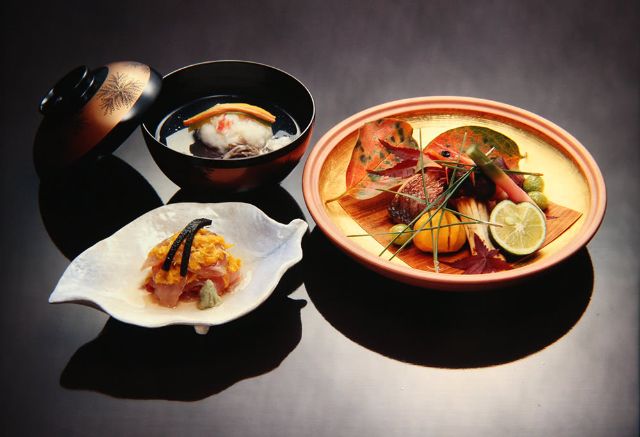As the Tokyo Olympic and Paralympic Games approach, the world is turning its attention to Japan once again. Following the success of the Rugby World Cup, which attracted tourists from across the globe, this year’s events are expected to bring even more visitors.

In this global spotlight, the concept of “inbound tourism” has gained prominence, emphasizing the importance of products and services tailored for international visitors. At the heart of Japan’s unique appeal is “omotenashi”, the Japanese approach to hospitality, which continues to receive renewed attention.
The Essence of Omotenashi
The term omotenashi became widely recognized when Tokyo was bidding to host the Olympics. It represents a deep-rooted tradition of Japanese hospitality, built on mutual respect and thoughtful service. Unlike many service models that emphasize a hierarchical relationship between server and guest, Japanese hospitality is based on equality.
For instance, in a traditional tea ceremony, both the host and guest engage as equals. The host carefully considers every detail to enhance the guest’s experience, while the guest reciprocates by appreciating the effort and intention behind each gesture. This philosophy extends to modern-day customer service in Japan, shaping interactions in restaurants, hotels, and retail spaces.
Omakase: Trusting the Chef’s Expertise
A well-known expression of omotenashi in the culinary world is “omakase”, a dining style where the customer entrusts the chef to curate the meal.
Unlike in Western dining, where customers typically select their dishes from a menu, omakase allows the chef to craft a personalized experience. This relationship is built on trust, where the chef considers the diner’s preferences and delivers a thoughtfully prepared meal that highlights seasonal ingredients and creative techniques.
The Science Behind Omakase
From a neurological perspective, omakase dining has cognitive benefits:
- Reduces decision fatigue: Choosing from a menu engages the brain’s frontal lobe, requiring effort and concentration. With omakase, guests can relax from the moment they sit down, fully immersing themselves in the dining experience.
- Triggers pleasure and anticipation: The element of surprise in an omakase meal activates the brain’s reward system, releasing dopamine, the neurotransmitter responsible for feelings of joy and excitement. Studies suggest that unexpected rewards stimulate the brain more than predictable ones, enhancing the overall dining experience.
The Challenges of Omakase in a Globalized World
Despite its appeal, omakase is deeply rooted in Japanese culture, where unspoken understandings and shared culinary preferences play a significant role. In a multicultural setting, where dietary restrictions and preferences vary widely, adjustments are necessary. Many omakase restaurants now ask guests about allergies or dislikes to ensure a satisfying experience.
To make omakase more accessible to international visitors, restaurants could provide a general outline of the meal:
“We begin with delicate vegetable-based dishes, transition to fresh seafood, and conclude with a rich, flavorful course featuring Wagyu beef and a signature rice dish.”
By combining tradition with modern adaptability, Japan’s approach to hospitality can continue to evolve while retaining its essence.
The Future of Omotenashi and Omakase
With global attention on Japan during the Olympics, this is an opportunity to reflect on and refine the values of Japanese hospitality. As the world embraces elements of omotenashi and omakase, the challenge lies in balancing tradition with inclusivity.
Whether in dining, tourism, or service industries, the principles of thoughtful attention, trust, and experience-driven hospitality remain timeless. By incorporating these elements while considering diverse expectations, Japan can continue to lead the way in exceptional, world-class service.

